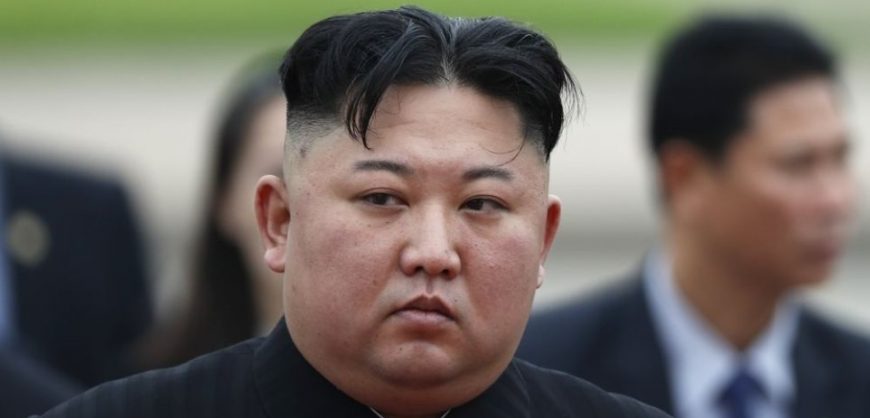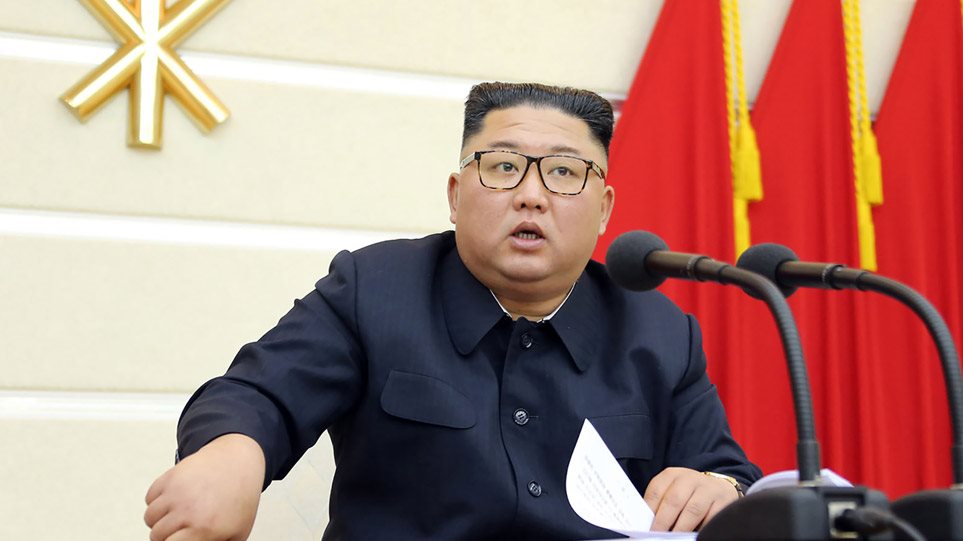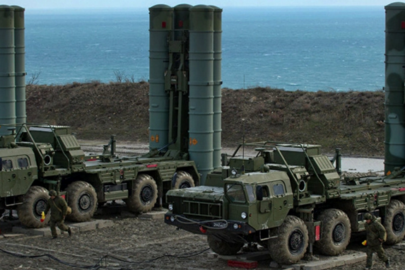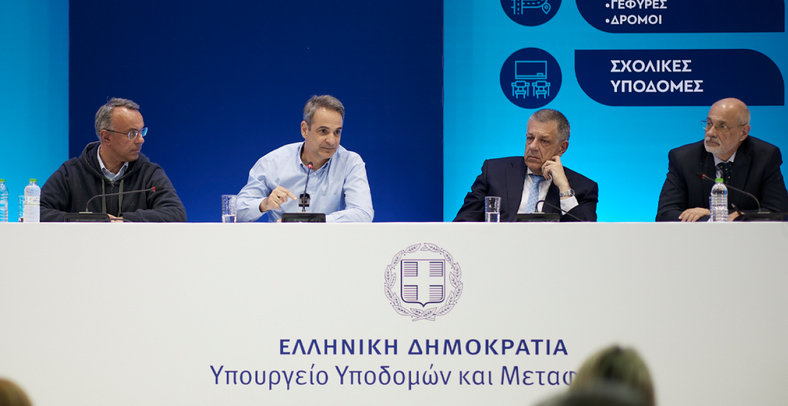Jeremy Tunstall, a pathbreaking scholar of media studies once wrote: “rumors tend to occur when there is an imbalance between an urgent demand for information and a failure in the supply.” (Journalists at Work, 1971)
When it comes to news about North Korea, demand is high and information from on the ground is always low. Did something happen with Kim Jong -un’s health this month? Probably. Do we know what that is? Not really. Reasonable speculation about this has turned into a maelstrom of fake news, thinly sourced hyperbole and echo-chambers. Daily NK on April 21 reported that Kim had had a heart “procedure” and was recuperating. A week later social media seems to have concluded he is dead.
Why does this happen? There are a number of factors that shape how journalists cover and audiences consume news about North Korea. Let’s look at a couple. First, news media wants stories to be dramatic.
Recall the currency reform of 2009, which was announced on November 30th and implemented immediately. It was (poorly) designed to re-centralize control over economic activity and confiscate privately held wealth.
The Daily NK broke this story on the day it happened, from reports provided by its network of reporters in North Korea. They told of panic in markets and confusion in general. They continued reporting discontent in the days afterwards, with security services on alert lest civil unrest develop. The Daily NK went “into overdrive,” as its former international editor, Christopher Green, once told me. “For a big story like this, we have to get sources from across the country, as many as we can.” Drawing on reports as they did from a variety of sources in different provinces gave the reports a high degree of credibility. Daily NK in the weeks afterwards also presented balanced and sober analyses of the event.
Saudi Arabia abolishes flogging
International media? Much more focused on the “panic”, “chaos” and “protest and violence”. This was, of course, because the theatrical element of news is what sells. The idea of turmoil and individuals widely protesting against the state in a country such as North Korea is compelling because of how unusual and potentially monumental it would be. The extent to which this was actually happening at the end of 2009 was not verifiable, but that was swept away as dramatic narratives of unrest took hold.
A second factor to look at is another Tunstall concept: that of the competitor-colleague. Asia correspondents are few in number, and Korea correspondents are fewer still. Their interactions are frequent, with offices often in the same buildings or neighborhoods and foreign correspondents’ clubs providing social and professional support.
Read more: blog.keia.org


































